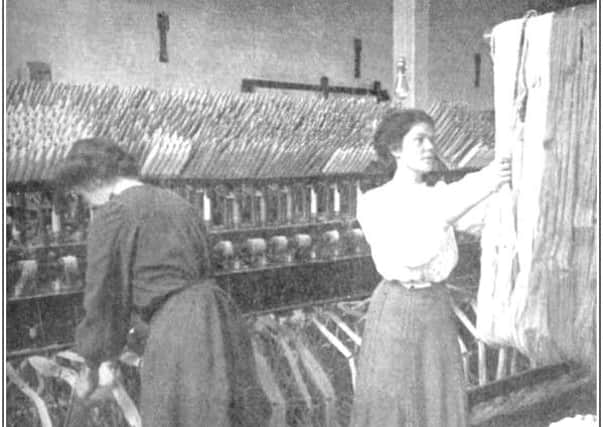WW1 centenary: How did the mills run during WW1?


That’s the subject being explored by PhD student Gail Ledgard, who is researching how the textile mills in our area were kept afloat by the wives and women left behind.
More than 5,000 female workers had to be recruited to fill the gap, with many being drafted in from other parts of the country where industrial work was almost unheard of.
Advertisement
Hide AdAdvertisement
Hide AdGail, who lives in Mirfield, has family connections to the textile industry, and both her grandmothers worked in the mills.


She said: “It is well known that during WW1, when men went away to fight, women stepped forward to take their place at work. But people tend to think that this just involved munitions. In areas such as Yorkshire and Lancashire, however, large numbers of women were already working in textiles, so when the men went, there was nobody locally available to take their place.
“When the commemmorations for World War One began, I found myself thinking what I would have done.
“I would almost certainly have been working in the mill and if my husband had gone to war, who was going to replace him?”
Gail returned to studying at Huddersfield University following a career in the civil service. Email [email protected] to share your family’s stories of WW1 mill working.